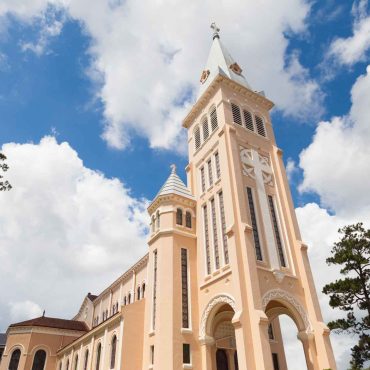Dalat Crazy House Tour :Visit a one-of-a-kind architectural marvel in Dalat, Vietnam, with a tour of the “Crazy House.” The Crazy House, also known as the Hang Nga Guesthouse and Art Gallery, was constructed by Vietnamese architect Dang Viet Nga and takes its cues from the undulating hills and verdant trees that surround it.
Rooms in the Crazy House are shaped like animals, trees, and other naturally occurring forms, making it a fun and unique destination for tourists. Visitors and art connoisseurs alike go to the mansion to marvel at its elaborate decoration of carvings, sculptures, and paintings.
Guided tours of the Crazy House usually involve walking around its numerous rooms and areas, where visitors can hear interesting anecdotes about the house’s construction and design, as well as admire the architect’s creative use of space.
For those with an appreciation for design and the fine arts, as well as the stunning scenery of Dalat, a trip to the Crazy House is an absolute must.



Amazing - Inside this big space are a number of buildings